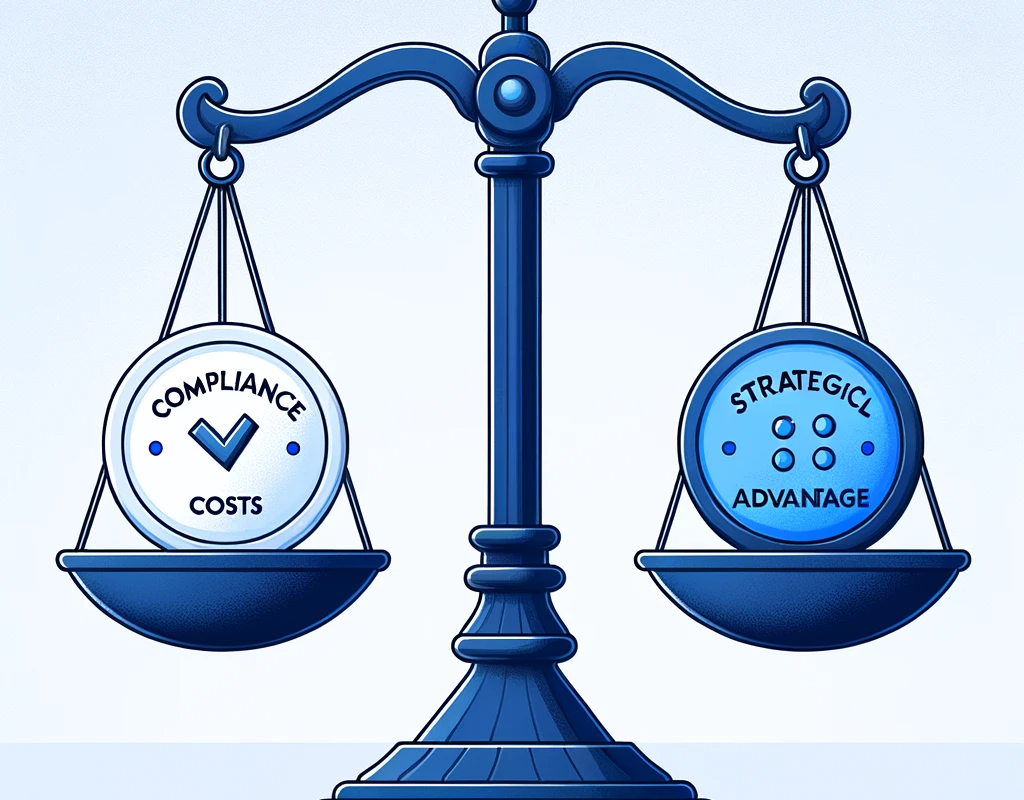Artificial intelligence (AI) has evolved from an innovative technology into an essential tool for business success. Companies across industries have realized game-changing benefits from applying AI’s capabilities. In this article, we’ll provide an in-depth look at 6 major ways AI can transform your organization.
Automating Manual Work Unlocks Exponential Efficiency Gains
One of the clearest applications of AI is automating repetitive, rules-based tasks to free up employee time. Technologies like robotic process automation (RPA) allow businesses to configure “software robots” to handle high-volume manual work without human involvement.
For example, an insurance firm used RPA bots to take over new policy data entry. This tedious process had required an employee to manually enter all details from submitted applications into the company’s policy administration system. With over 1,000 new applications each week, this manual data entry work alone required 60 minutes per application, or 1,000+ hours per week.
By deploying RPA bots, the insurance company automated the data entry process nearly end-to-end. The bots can log into the policy admin system, extract submitted application details, and populate all relevant fields just like a human operator. This cut the processing time down to just 9 minutes per application, saving over 15,000 hours annually previously spent on repetitive data entry.
Similar dramatic productivity gains from RPA have been achieved across other document-intensive processes like HR onboarding, claims processing, and more. AI enables the virtual workforce to scale endlessly. According to Deloitte, RPA can reduce process costs by 25-50% while boosting throughput capacity by 40-60%.
Hyper-Personalization Transforms Customer Experiences
AI allows businesses to deliver customized experiences and messaging tailored to each individual customer. Retailers have widely adopted AI techniques like machine learning algorithms to understand every customer’s unique interests based on their behaviors and purchase history.
Starbucks, for example, leverages AI to provide personalized, timely offers to reward members through their mobile app. When a loyal customer hasn’t visited in some time, the app might send an enticing promotion to incentivize them to come back. For customers showing interest in breakfast items, the app will display relevant morning offers.
By continuously analyzing every customer’s full history and preferences, Starbucks’ AI engine identifies promotions and messaging that are highly relevant for each person. This personalized engagement strategy keeps customers delighted and loyal to the brand.
Extracting Hidden Insights from Data
The massive amounts of data generated by modern businesses hold valuable insights that can transform decision making. But finding relationships and patterns within huge data sets requires sophisticated analytics. Human minds simply can’t process so much complex information.
AI techniques like machine learning are perfectly suited for unlocking insights that would otherwise remain hidden in the vast sea of data. Retailers have been at the forefront of applying AI to derive actionable intelligence from point-of-sale, inventory, website traffic, and other data streams.
By analyzing purchase histories, pricing data, promotions, inventory levels, and external factors, retailers can construct AI models to accurately forecast demand across product categories. This allows them to optimize stock levels to avoid having too little (lost sales) or too much (wasted inventory). Continuously refined forecasting models also allow stores to estimate optimal future staffing needs.
Predicting Outcomes with Greater Precision
AI takes predictive analytics to new heights. Today’s machine learning algorithms can process millions of data points to predict future outcomes with a high degree of precision. AI is transforming prediction across areas like demand forecasting, predictive maintenance, healthcare risk assessment, credit risk scoring, and much more.
For example, a major utility company developed AI models to analyze sensor data from its electrical transformers and accurately predict failures up to 9 months in advance. By proactively repairing transformers before they fail, the company has prevented thousands of power outages. The AI system identifies common precursor patterns like voltage fluctuations that indicate an impending breakdown.
Their data scientists built these complex machine learning models using 10 years of historical sensor data that detected patterns even seasoned engineers had not recognized. The system has reduced transformer failures by 35% since its deployment.
Maintaining a Competitive Edge
Given the enormous performance improvements AI enables, companies that fail to adopt AI risk falling behind competitors who will leverage these technologies. AI is becoming essential just to keep pace in today’s fiercely competitive business landscape across every industry.
Leading retailers like Amazon and Walmart have made massive investments in AI to optimize critical functions like personalized recommendations, supply chain operations, inventory management, and more. These AI capabilities help Amazon and Walmart cement their competitive dominance in retail.
Mid-size retailers now face pressure to pursue AI initiatives of their own. Those that fail to do so will struggle to match the performance of AI leaders. They are likely to lose customers and market share over time.
Enabling New Data-Driven Business Models
Rather than merely enhancing existing processes, AI can open up entirely new business model opportunities. For example, manufacturers can shift from selling standalone products to selling outcomes through AI-powered services.
Jet engine manufacturer Rolls Royce is a powerful example of how data-driven business models create new revenue streams. Rolls Royce is using AI-powered analytics to sell “power by the hour” services for aircraft engines. Rather than getting paid once for the engines, Rolls Royce gets paid for every hour of engine usage.
This usage-based model became possible by equipping engines with thousands of sensors that feed continuous performance data back to Rolls Royce. AI algorithms then analyze this data to detect needed maintenance before issues arise. By leveraging data and AI, Rolls Royce provides superior outcomes for customers and captures ongoing value.
The opportunities for new AI-driven business models are nearly endless. Every company should consider how they could use their unique data assets to deliver better ongoing services.
While the potential of AI is clear, most companies need help developing an AI strategy and roadmap. Our firm, DBGM Consulting, specializes in guiding businesses through AI journeys successfully. From introductory workshops to fully building custom AI solutions, our experienced team can help you chart the right AI course and deliver real business value. Don’t leave this vital technology sitting on the sidelines. Contact us today to discuss how AI can start propelling your organization forward.



